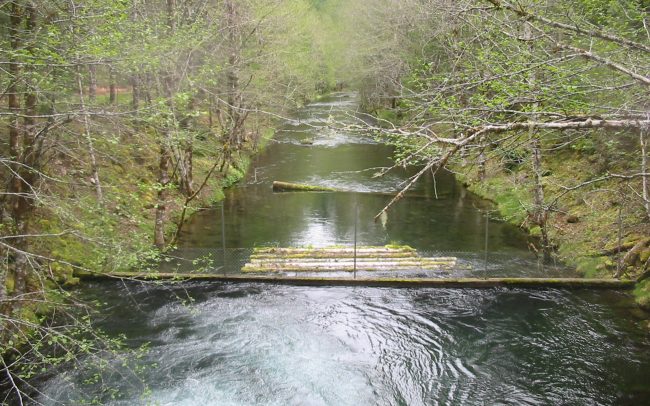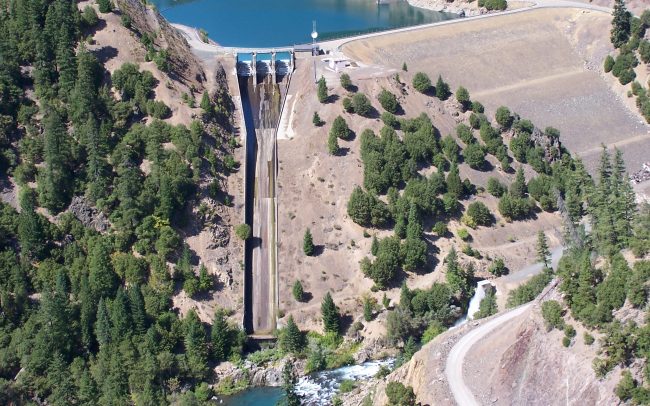Wildlife
Wildlife species can be key players in aquatic and terrestrial ecosystems as top predators within the food web, indicators of ecosystem health within the forest or riparian corridor, or sensitive species with unique habitat requirements. Stillwater Sciences uses an ecosystem approach to wildlife management to evaluate the underlying causes and mechanisms for the distribution of wildlife within a project area, usually beginning with a thorough understanding of the species’ habitat needs through various life stages. These habitat needs can be evaluated in light of other biological and management issues to find opportunities where multiple species and resources can benefit. We use new and creative ways to monitor and assess wildlife populations in the field, develop restoration programs and designs to help restore these populations, and develop mitigation measures for environmental compliance required under the federal and state Endangered Species Acts, NEPA, or CEQA.
Our scientists’ particular areas of expertise include:
- Special-status species: habitat distribution and use (see a complete list of species we have worked with and have obtained State and/or Federal authorizations)
- Focal species analysis
- Wildlife habitat management: effects of flow on amphibians or transmission lines on raptors
- Regulatory compliance: BAs, HCPs, EIS/EAs, EIR/Negative Declarations, ESA consultation
- Baseline monitoring: evaluating restoration designs and assessing project impacts
- Pre-construction surveys: to meet environmental compliance
- Post-restoration monitoring: evaluate use and habitat effectiveness
- Amphibians: analysis of effects of flow regulation on amphibian distribution
- Benthic macroinvertebrates: abundance and diversity to calculate indices of stream integrity
- Northern spotted owl: effects from noise and/or habitat modification
- Bats: structure suitability evaluation, acoustic analysis, capture and handling to evaluate roost type






